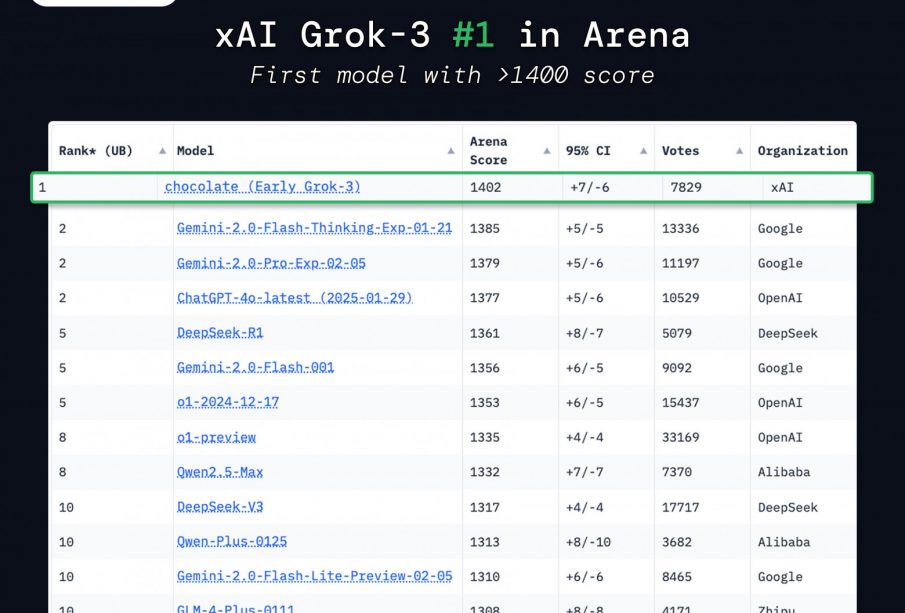Grok 3: Exploring the Latest Advancement in AI Language Models

Introduction to Grok 3
In the world of artificial intelligence, the release of Grok 3 has garnered significant attention. As advancements in AI language models continue to evolve, Grok 3 represents a notable shift in how machines understand and generate human language. This model, created to enhance both conversational capabilities and contextual understanding, promises various applications across sectors including customer service, content creation, and education.
What Sets Grok 3 Apart?
The underlying architecture of Grok 3 features enhanced algorithms that improve its performance in nuanced dialogues. Unlike its predecessors, Grok 3 is trained on a more extensive and diverse dataset, allowing it to respond with increased accuracy and relevance. According to recent reports from its developers, Grok 3 exhibits a 30% higher comprehension rate in complex queries compared to Grok 2.
Key Features of Grok 3
- Contextual Understanding: Grok 3 can retain context over more extended conversations, enabling more natural exchanges.
- Customization: Businesses can tailor Grok 3’s responses based on specific industry knowledge, making it versatile for various applications.
- Multilingual Capabilities: Full support for multiple languages, enhancing its utility on a global scale.
Applications of Grok 3
The potential applications of Grok 3 are vast. In customer service, companies can deploy this AI model to handle inquiries efficiently, ensuring quicker response times while freeing human agents for complex issues. In education, Grok 3 can act as a virtual tutor, providing personalized learning experiences to students. Furthermore, content creators can leverage Grok 3’s capabilities to brainstorm ideas and craft engaging narratives.
Challenges and Considerations
Despite its advancements, Grok 3 faces challenges, primarily around ethical considerations and accuracy. As with any AI, ensuring that the model does not perpetuate biases present in the training data is crucial. Developers must continuously monitor and refine Grok 3 to mitigate these risks.
Conclusion: The Future of AI Language Models
In summary, Grok 3 signifies a significant leap forward in the evolution of AI language models. Its enhanced features and capabilities present exciting possibilities for businesses and users alike. As these technologies develop, it will be essential for stakeholders to navigate the accompanying ethical landscape while maximizing the benefits of these innovations. The potential for Grok 3 to reshape various industries highlights the relevance of continuous research and development in artificial intelligence.







